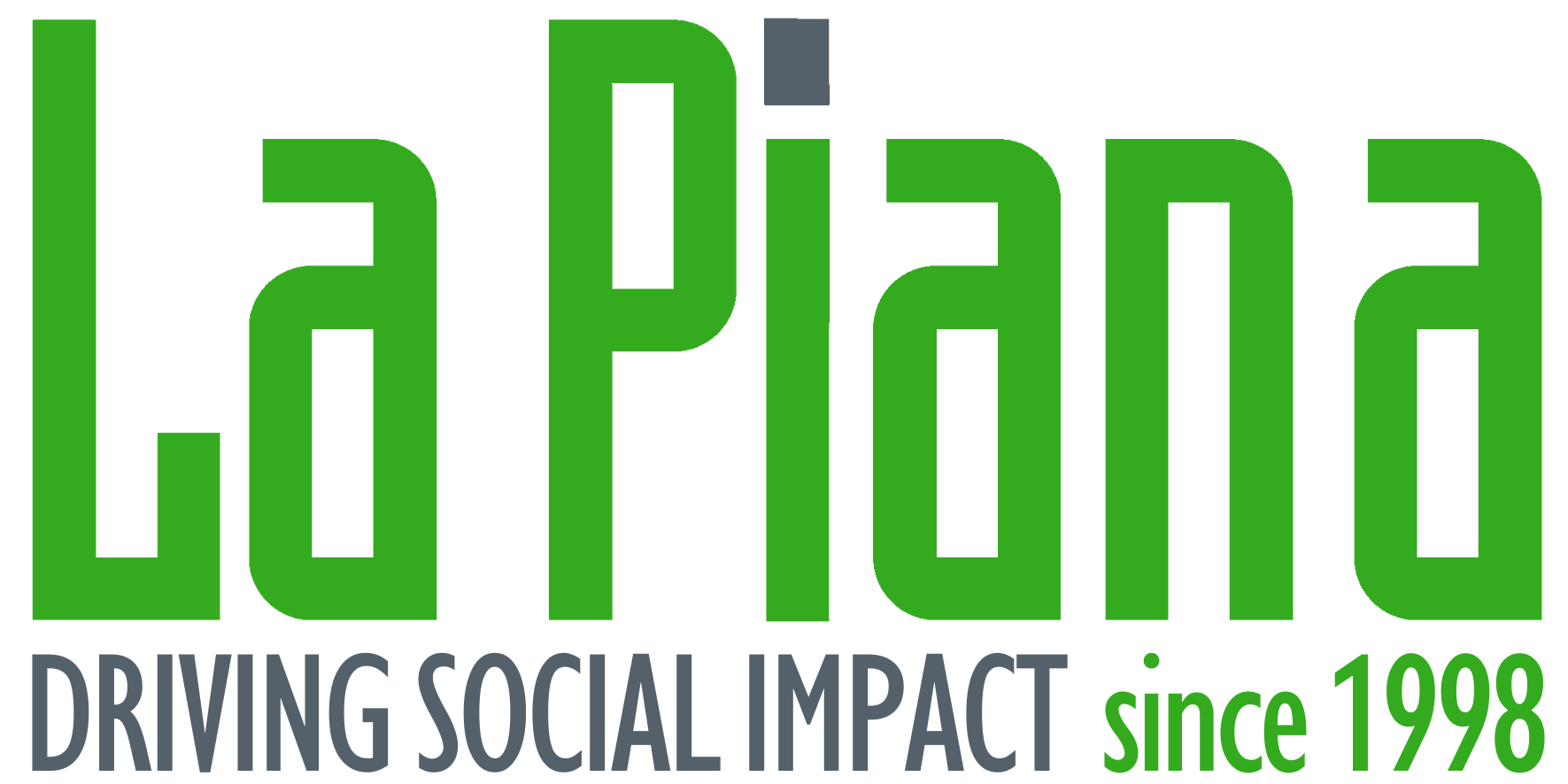E.D. Notes for the Field: The Only Constant
As a nonprofit E.D., one of your constant challenges is understanding where your organization stands, what to reinforce, and what to change. You often hear the old saying: “the only constant is change.” Since this is demonstrably true, we all have a lot of experience with change processes. So then, why do these efforts regularly fail?
Often the way we try to initiate organizational change goes something like this: First, identify a problem. Second, ruminate over it for a bit. Third, decide something has to be done. Fourth, think through what that might be. And finally, satisfied that a solution is at hand, address the troops. That communication might be something along these lines: “I have identified a serious problem in our midst, something that is really holding us back. Here is what I intend for us to do about it.” Then the message goes on to describe the proposed solution.
Sound familiar? So, what’s wrong with this approach? Maybe nothing, except that it seldom works.
Harvard Business School professor John Kotter has extensively studied both successful and unsuccessful change efforts. His findings resulted in an 8-step change process, described here and in several of his books and articles. I won’t go through the process, which is well-described and documented in Kotter’s writings. Rather, I want to highlight a single concept that is essential to getting change moving. That concept is pain. Kotter calls it, with greater eloquence, “a sense of urgency.”
The problem with the traditional approach to change is that it doesn’t engage people, it directs them. As a management tool, “decide-and-announce” only works on a narrow band of decision-making, mostly around compliance issues. If a safety rule must be implemented or a government regulation followed, you can simply announce it and, like it or not, staff must comply. But even here, if implementing the new rule will require people to rethink how they do their jobs, or change a longstanding practice, decide-and-announce may be inadequate to achieve real behavioral and attitudinal change.
This is because we are creatures of habit. Good or bad, we tend to keep doing things the way we always have. The best way to change ingrained habits is to directly engage the people who must do the changing. This is how you arrived at the insight that something needed to change in the first place – by personally engaging with the problem over time. Attractive as it might be, you cannot then skip this step with your team. This is where pain comes in, as a tool for engagement. Only when we personally experience the pain and discomfort created by the current situation will we embrace the need for change. And only when we embrace the need for change can we be engaged in actually creating it.
Sometimes the pain is obvious: “if we continue on this tack we are going to go out of business in two years.” Sometimes it is less obvious but just as pernicious: “The way we are managing client service is alienating our constituents, which makes them angry when they call for help, which stresses out our workers.” The key to elevating the organization’s “pain awareness” is to find natural and authentic ways to demonstrate the problems caused by the things that need to change. You must connect cause and results, clearly, obviously, and for everyone. If the problem is a business process, the people who conduct that process need to see the downstream impacts of the current systems. If the organization needs to fundamentally change its business model, then everyone needs to see and feel firsthand the current business model’s failure.
Change may be the only constant, but unless we all feel the pain and develop a “sense of urgency,” what we will see is not real change but constantly failing efforts to change.
Let us know your thoughts in the comments below or engage directly on LinkedIn.


Comment section